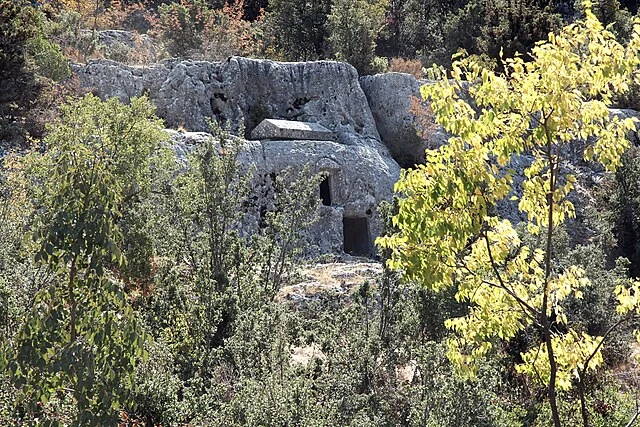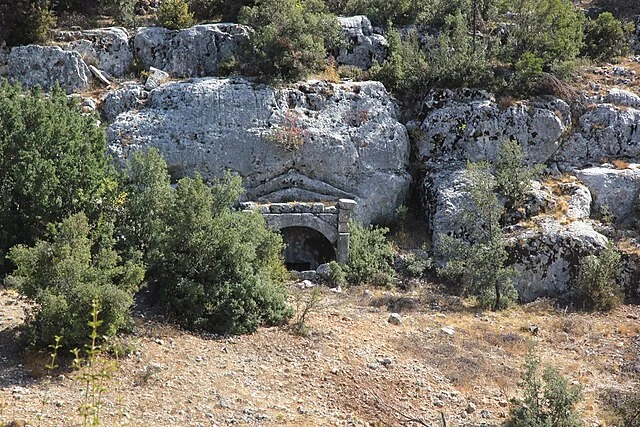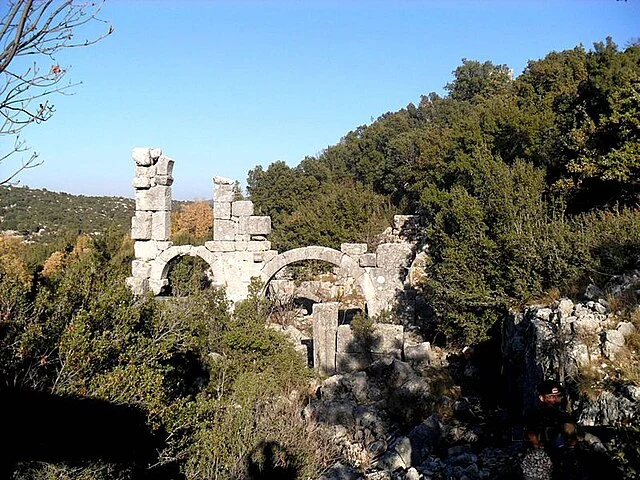The Tapureli ruins, located in southern Turkey, offer a glimpse into the region’s ancient past. These ruins are part of the larger historical landscape of Lycia, a region that was prominent during the Classical and Hellenistic periods. This site holds significant archaeological value, reflecting the influence of various ancient civilizations.
Get your dose of History via Email
Historical Context

The Tapureli ruins date back to the Lycian period, around the 5th century BC. Lycia, known for its unique funerary architecture and rock-cut tombs, was a federation of cities in what is now southwestern Turkey. The region was under Persian control during the 6th century BC and later became part of the Roman Empire after the defeat of the Seleucid King Antiochus III in 190 BC.
Archaeological Features

The ruins primarily consist of rock-cut tombs and remnants of ancient structures. These tombs are characteristic of Lycian architecture, which often featured elaborate facades carved into rock faces. The site also includes ruins of walls and possibly a small settlement that might have supported the burial grounds.
Significance
The Tapureli ruins are crucial for understanding Lycian culture and its interactions with neighboring civilizations. The site’s tombs provide insights into Lycian funerary practices and beliefs about the afterlife. Additionally, the ruins highlight the architectural skills of the Lycians and their ability to adapt their construction techniques to the local landscape.
Conclusion
The Tapureli ruins are an important archaeological site that contributes to our knowledge of ancient Lycia. By studying these ruins, historians and archaeologists can better understand the cultural and historical significance of the region. Continued research and preservation efforts are essential to protect this valuable heritage site for future generations.
Source:

